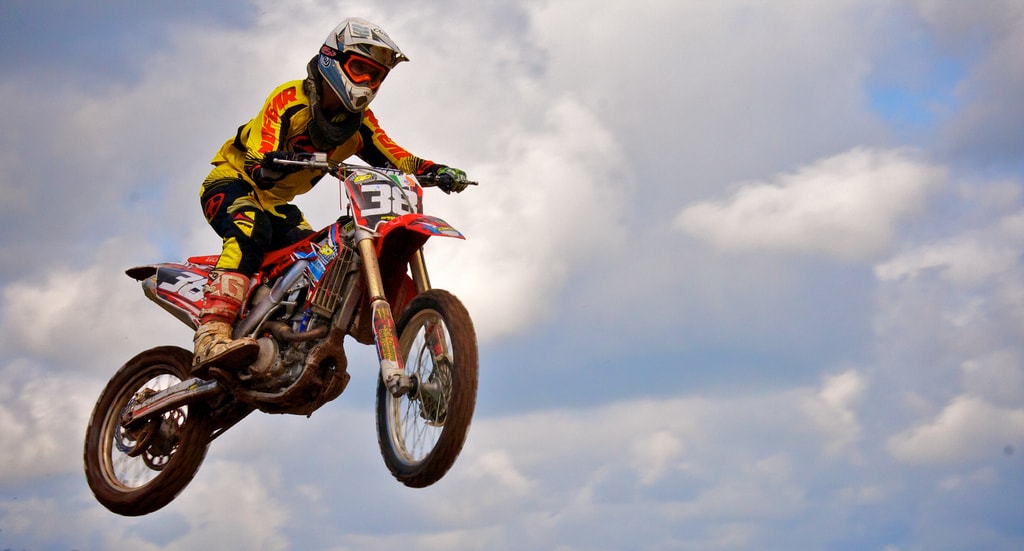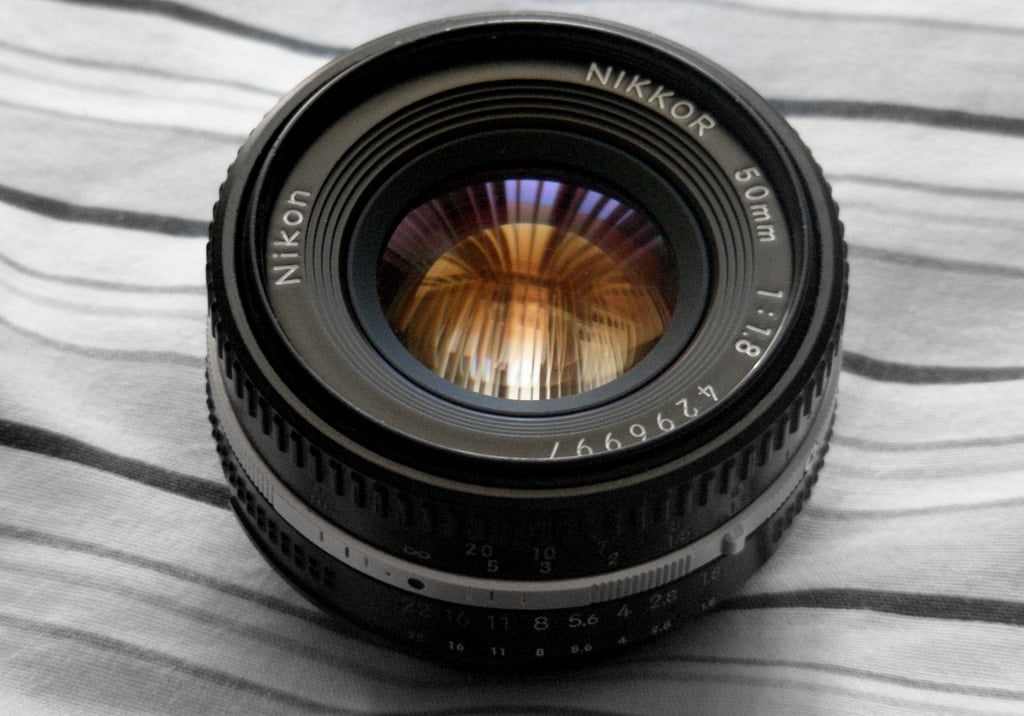There is a goal for each photo.
It has happened to all of us that, after buying our first SLR camera, after fiddling with it for a while, we have realized that the lens that came with the initial kit does not cover ALL of our photographic needs.
And that's when we started to wonder what would be the next lens that I would have to buy now?
It must be said that this question, very accurate and intelligent by the way, is asked by some even before, just when they want to buy the initial camera/kit. Not having the remotest idea of what each type of lens is for , they don't know if a camera kit + 18-55mm lens will work for them, or with an 18-105mm lens, or which one exactly.
Today it occurred to me to explain to you in a simple and very simplified way, as always without going into technicalities or deep explanations, what type of lens is advisable to use for what type of photography .
BEFORE STARTING..
Although you do not want to use technical terms, you will read the expression "Focal distance" a lot in this article, you should know what it is. If this is not the case, read this before proceeding .
FIRST... WHY A DIFFERENT OBJECTIVE FOR EACH SITUATION?
The answer to why there is such a variety of lenses can be found in compact cameras, those that have a single, fixed lens, with which we try to get decent photos in all circumstances. We all know that while the quality of these photos is always acceptable, it almost never reaches the level that an SLR camera together with its objective/lens can offer us.
The variety in the objectives allows us a very high level of specialization. Each lens is good, very very good, in its range or in the type of photos for which it has been made. Working with all kinds of photos with a single lens would be cheaper, that's true, but it would be to the detriment of the optical quality of the photo.
FOR EACH SITUATION, A GOAL..
Next, I will comment on the most common situations that you will want to photograph and the type of objective that you will have to use to obtain the best result. Go ahead, you can always photograph all situations with whatever objective, but what I propose here is the ideal use, the way in which you would obtain the best results.
Landscapes, nature, panoramas and urban scenes: For this type of photography you will need a wide-angle lens. They are objectives that can capture a wide angle (hence their name). They usually have a small focal length. For example, the typical lens that usually comes with SLR cameras, the 18-55mm, is worth it for this purpose, as long as we set it to a low value such as 18mm or around that number.
In fact, if we could get a lens with an even smaller focal length, for example 17mm, or 14mm that there are, that would be phenomenal. Well, these objectives not only capture a panoramic view but, at very reduced focal lengths such as 14mm or 10mm, they even produce a certain distortion in the objectives (landscapes, clouds, buildings, trees, etc.) conferring a touch of grandeur and magnificence.
Portraits/Potraits: A 50mm lens and up is recommended here. Can you shoot a portrait with a 200mm focal length? In principle, yes, you could, but the normal thing is to move between 50mm and 70mm as a general rule, being possible to shoot at longer focal lengths.
For portraits, another important aspect is the aperture of the diaphragm. You will need a lens whose aperture is large (f/ value as small as possible). An f/3.5 would work, but if it were lower, even better.
If what you are passionate about are portraits, if you think that most of your photographs are going to be portraits, then yours are fixed focal lenses. They are objectives where the focal length is one, fixed, does not change, always the same. There are two very famous ones whose portrait results are excellent and they are the 35mm and the 50mm. In fact, my favorite of all lenses is what I have dubbed the king of lenses, the 50mm f/1.4.. These objectives produce impressive results, firstly because since they are fixed they offer a higher level of specialization and their optical result is designed precisely for that specific focal length. On the other hand, these objectives usually have a VERY GENEROUS diaphragm opening, for example f/1.4, and with that the result of the portrait will be spectacular (If you are new to SLR photography , be sure to read this article that will guide you on how to produce stunning portraits in simple steps ).
Macro: Macro photography we all like. We love to capture those small details that fill our daily life but to which we rarely pay attention: skin folds, insects, tree leaves, rose petals, household objects... Thanks to Macro photography, anything can become an attractive object.
If you want to dabble in Macro photography you have to get a long focal length lens. For example, from 70mm up you can get good results. Also keep in mind that normal lenses can only focus from a certain distance from the object, if you try to get closer than necessary they no longer focus. That is why there are specific Macro objectives on the market, made with the ability to focus very closely.
Sports, action, children: There are situations in which you either have a telephoto lens with a focal length that goes from, for example, 70 to 200mm, or you go crazy. These are situations in which we cannot get very close to the subject and in which we have to take the photo from where we are, for example watching a football game in a stadium, a motorcycle race, or even trying to photograph children (hyperactive and elusive by nature). In these cases, we are interested in having a telephoto lens that reaches as much as possible, but also offers us versatility to change from a long focal length such as 200mm to a short one such as 60mm or 50mm, for example, without having to change lenses every so often.

Attention: Be careful with telephoto lenses that cover an excessive range of focal lengths: for example, an 18-200mm is not highly recommended because while it solves having to change lenses, it makes us lose some optical quality.
As you can see, these are the most frequent situations in which you will usually find yourself and you will want to document them with the most appropriate objective. I am sure that rare, unlisted situations will arise in which you will not know which objective to use (photograph a glass, a rabbit or your foot) but following the guidelines that I have just given you, you should know how to trace them for any similar situation.
Thanks for reading this. I hope you find it useful and that you can take advantage of it. If you think it can benefit other people like you please share it.


